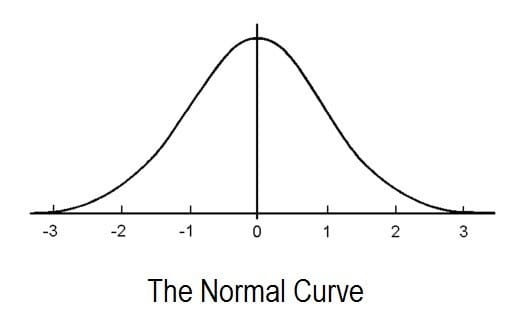Six Sigma History and Application
While the roots of Six Sigma are commonly attributed to companies such as Toyota and Motorola, the methodology is actually grounded in concepts that date as far back as the 19th century. Before delving into the history of Six Sigma, it’s important to understand the difference between traditional quality programs, such as Total Quality Management, and continuous process improvement methods, such as Six Sigma.
The Development of Statistical Process Control
Six Sigma applies statistics to define, measure, analyze, verify, and control processes. In fact, Six Sigma teams usually use methodologies known as DMAIC or DMADV to accomplish improvements and develop controls for processes.
DMAIC stands for Define, Measure, Analyze, Improve, and Control.
These are the five phases of a Six Sigma project to improve a process that already exists. When developing a new process, teams use DMADV, which stands for Define, Measure, Analyze, Design, and Verify.
The Normal curve is just one of several possible probability distribution models. It is perhaps the most widely used model, and the other models developed from the normal curve. Probability distribution models are discussed in later chapters on statistics.
W. Edwards Deming was working for the U.S. Department of Agriculture. A physicist and mathematician.
One of Deming’s ideas is called the PDCA cycle, or plan-do-check-act cycle. The idea is that improvement comes when you recognize there is a need for change and make a plan to create improvement. Next,
you do something by testing your ideas. Using the results of the test, you check or verify that your improvements are working. Then you act, bringing
your improvements to a production environment or scaling improvements outside of the test environment. The fact that PDCA is a cycle means it never Act Plan
ends; there are always improvements to be made. This is a core tenet of Six Sigma.
Continuous Process Improvement: Toyota and Lean
What is Jidoka?
Jidoka is a principle that creates control of defects inside a business process. Instead of identifying defects at the end of the production line and attempting to trace errors back to a source, jidoka demands that a process stop as soon as errors are detected so improvements or troubleshooting can happen immediately.
For jidoka to work properly, machines are often equipped to recognize bad outputs from good outputs; the machines are also equipped with a notification of some type to spark human interaction in the process when things go awry.
The principles driving Toyota's system, and later, the foundation of Lean Process Management or Lean Six Sigma, include:
- Defining customer values
- Identifying the value stream for customer needs and desires
- Identifying waste in the process
- Creation of a continuous process flow
- Continually working to reduce the number of steps and time it takes to reach customer satisfaction
Lean management is highly concerned with removing waste from any process. Waste increases costs and time spent on a process, making it undesirable in any form.




Top comments (1)
This insightful blog provides a comprehensive understanding of Six Sigma's historical roots and practical applications. The differentiation between traditional quality programs and continuous process improvement methods is elucidated effectively. The mention of statistical process control, DMAIC, DMADV methodologies, and the PDCA cycle adds depth to the narrative. The incorporation of W. Edwards Deming's ideas and the emphasis on continuous improvement as a core tenet of Six Sigma are commendable.
An insightful journey through Six Sigma's evolution and principles. Great job!